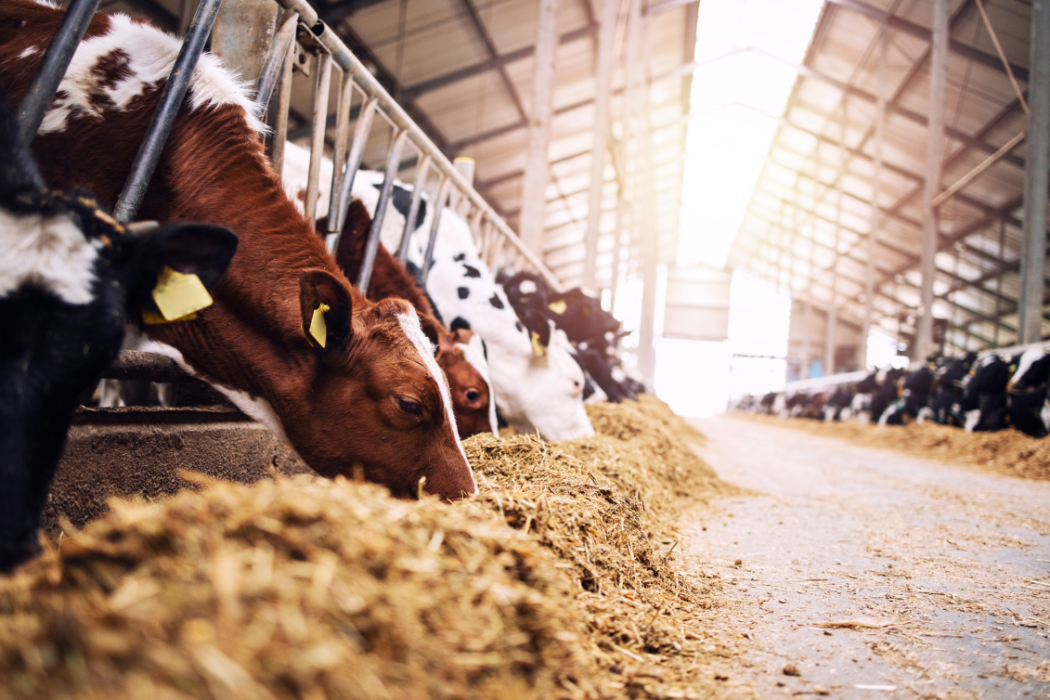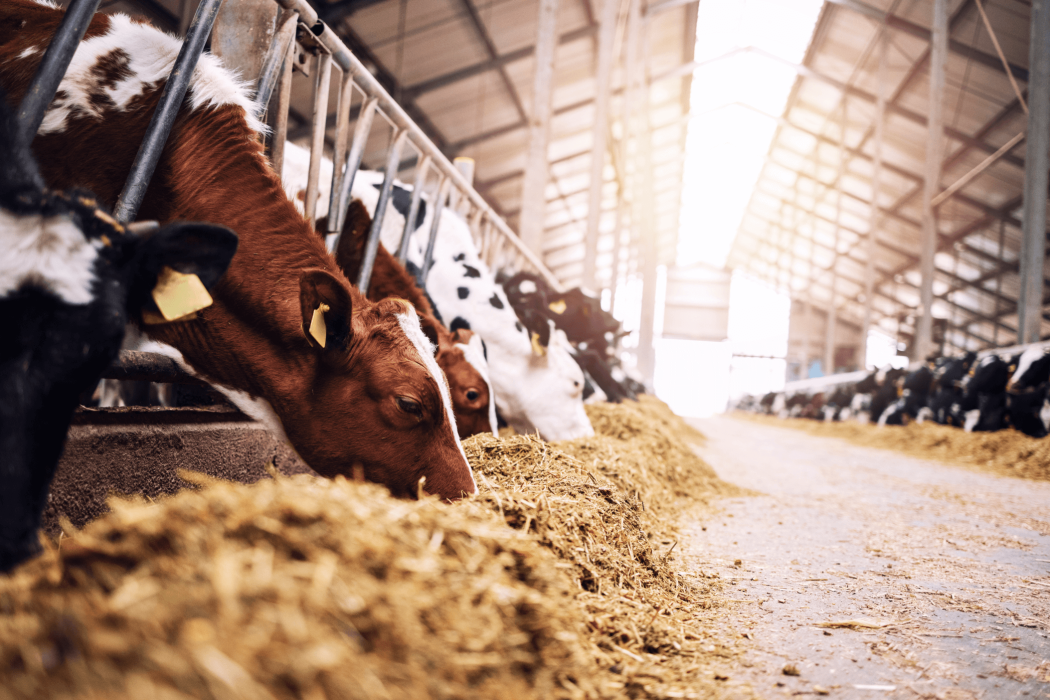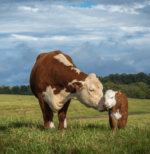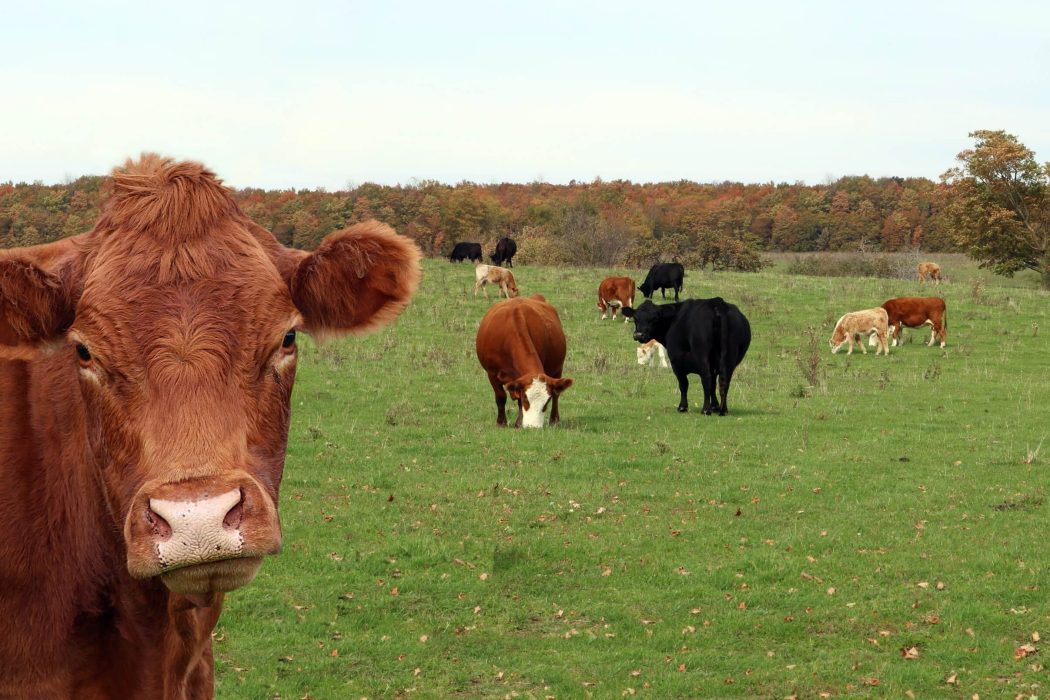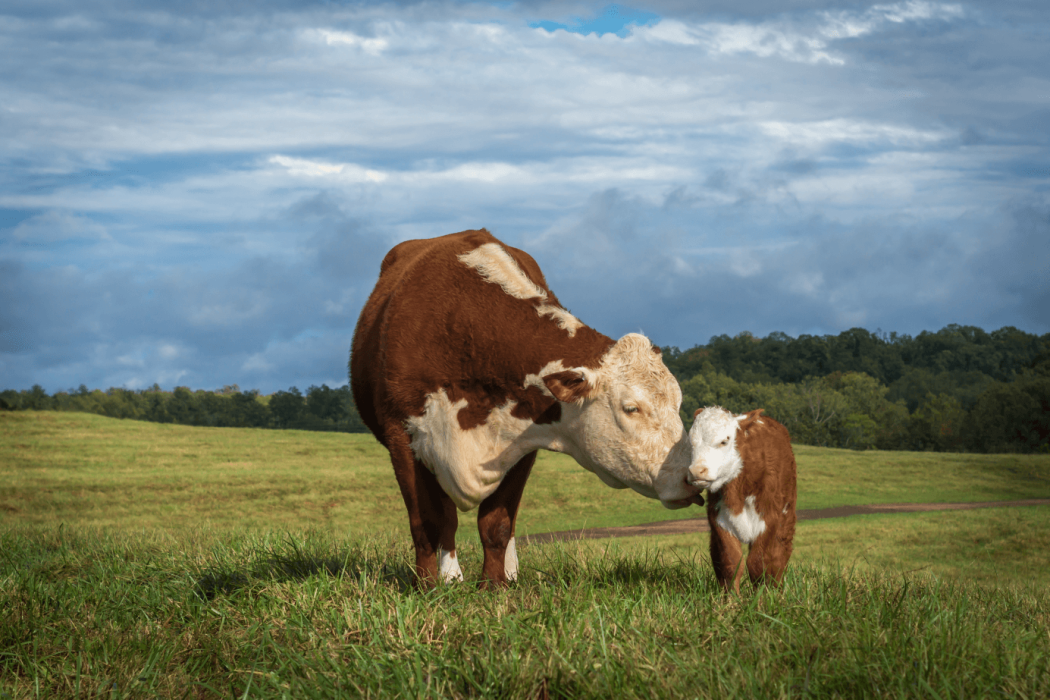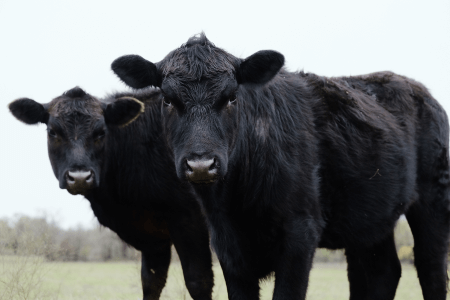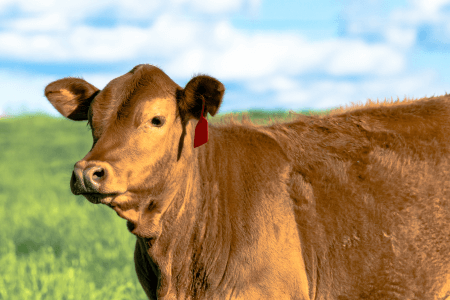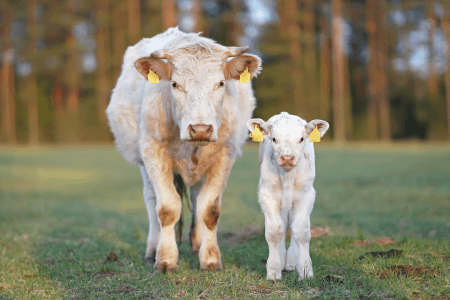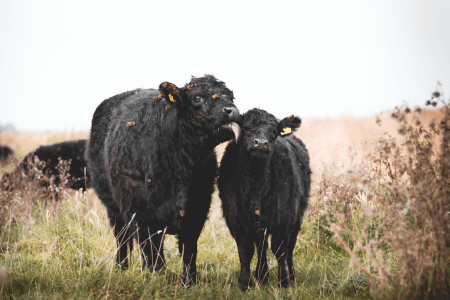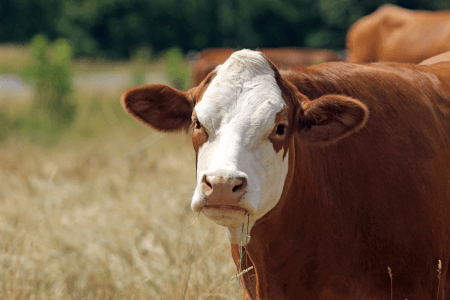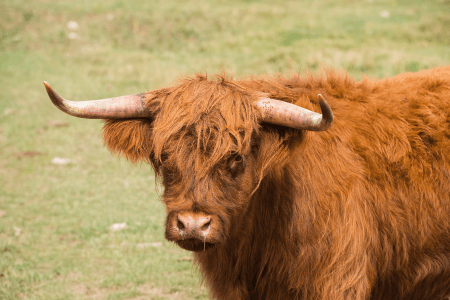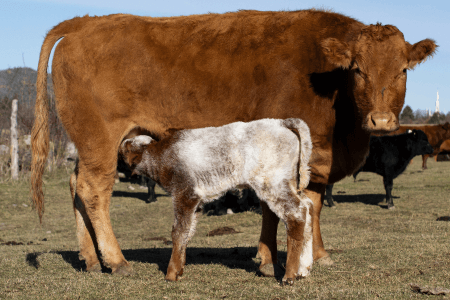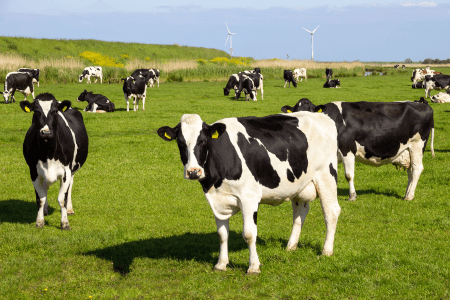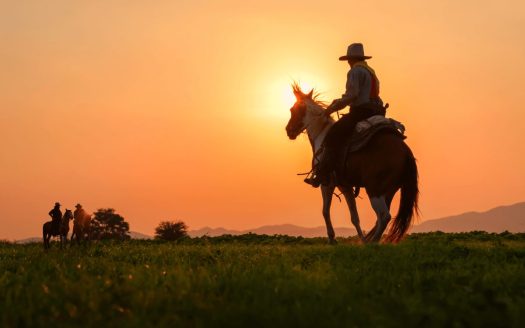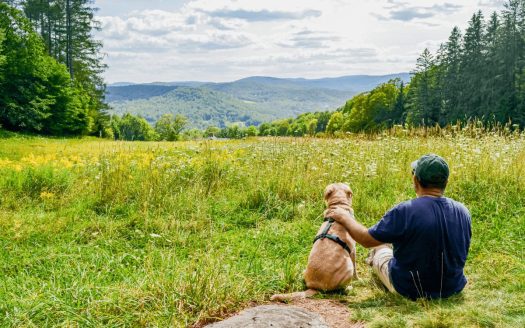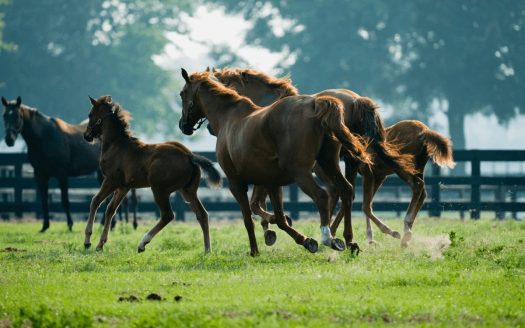11 Best Cattle Breeds for Your Farm or Ranch | United Country Real Estate
11 Best Cattle Breeds for Your Farm
Are you looking for the best cattle breeds to start your farm? All cattle may look the same, but there are different types. Generally, a single cow can cost anywhere from 2,000 to 5,000 USD. With such a costly initial investment, you want to make sure you’re getting the right one.
In this post, we’re going to talk about the different cattle breeds and how to choose the perfect one for you. Just remember that there is no such thing as the “best breeds of cattle”. Everything depends on your ranch and its environments.
Each cattle has their own characteristics, including size, breed, color, and temperament. Let United Country Real Estate help you find the best breed for your ranch.
How to choose the right Cattle Breeds?
Your farm goals will predict the best breed of cattle for you. Here are some questions you should ask yourself:
Are you raising cattle for dairy or beef?
What is your budget for the initial purchase?
What’s the initial production goal?
What are the profit goals for the first year of operation?
How much is the operating cost?
What breeds will thrive best in your climate?
What and how to source food for the cattle?
What are the local laws when it comes to raising cattle?
How much space do you have for grazing?
How hard would it be to manage cattle throughout the year?
Do you have access to medical care for the cattle?
Where will you get the cattle? Is it from a trusted seller?
Once you’ve made the decision, the next step is to figure out the best breeds of cattle for your farm.
Farmer or Rancher’s Choice: Top Breeds of Cattle
Hereford Cattle
These are considered one of the best breeds of beef cattle. The Hereford cow is friendly and low-maintenance. They’re perfect for farms with wide-open pastures, and they can tolerate the heat and cold easily.
Due to their coloring, you’ll want to make sure they have easy access to a shed for sun protection. Cared for properly, they have a high yield rate with quality beef. Look through the Hereford Association for more information.
Angus Cattle
Most regard the Angus cattle as the best possible source for beef. Their muscular physique produces bright-red lean meat with exquisite marbling.
Angus cattle aren’t as docile as the Hereford. Their mood is very changeable, so you need to be careful around them. The breed can tolerate a little heat, but they prefer the shade on hot days.
The Angus breed cattle come in different types: Black angus and red angus cattle.
Angus cattle are considered to be two different breeds, but there’s no genetic difference between black and red ones. Some people think that they’re more sustainable than other types of beef.
Pros: The Angus breed of cattle is a well-known animal for its meat production. They’re often crossbred to improve both beef and milk quality, which makes them popular in the market because their fat can be white or red depending on what you want.
Cons: They have varied temperaments. Angus cattle do not like heat, but they have longevity, are adaptable, fertile, are readily available and often get a high value at the sale barn.
Find out more through the Angus Association.
Is Red Angus Cattle Better Than Black Angus?
Red Angus is considered to be better than the black one because it has higher marbling and lower intramuscular fat levels.
Red anguses come from Scotland, where they were first bred by Robert Fleming in 1824 before being imported into North America after World War II; this breed would eventually become known as “Red” Scottish cow when crossed with other breeds of cattle such as Shorthorn and Hereford.
Gelbvieh
This breed works for a dual-purpose – both beef and milk. They have a medium build and are highly adaptable – even during hot weather. Their calm demeanor makes them very easy to manage, plus they’re very fertile.
While their milk is pretty popular, their rib-eye muscle is prized for being the biggest of all breeds. Note though that it takes some time for them to mature. Find out more here.
Pros: The Gelbvieh is a versatile breed that can thrive in extreme hot climates. They have high quality cuts with especially large ribeye muscles.
Cons: The Gelbvieh breed is a little more difficult to manage. They can be aggressive and tricky at the head gate, so keep that in mind if you’re going into their pen.
Charolais
This breed hails from the French region, the Charolais are well-known for their high beef production and beautifully tender and lean meat. They’re adaptable but need extra care during calving season. Some farmers also use the breed for dairy.
Charolais mature pretty quickly and have a high feed conversion rate. Even better, their nutritional needs can be easily met. Be careful though – they can be temperamental. Find out more about the breed from the Charolais Association.
Pros: The Charolais is an efficient and profitable breed of cattle that are quick to mature, with high feed conversion rates. They’re also easy-to calve which makes them great for farmers who have limited time on their hands.
Cons: They can be aggressive and unpredictable so it’s important to find an experienced breeder who will work with you if there are any problems down the line!
Galloway
An ideal breed for beef production, the Galloway is smaller than other cattle breeds. This makes them a good choice if you have a smaller space.
Quite adaptable, the Galloway love weeds and are very fertile. However, they’re not good milk producers. Note that they don’t do well in hot weather.
Find out more through the Galloway Association.
Simmental
A docile breed, the Simmental breed is known for its beef and dairy production. They have an almost pet-like quality which makes them easy to raise. Their muscular build is perfect for lean meat production with very little wasted fat.
These cattle are also very easy-going and can handle stress well. Note that they have a hard time calving, so make sure you buy them from a trusted breeder. Look through the Simmental Association for more information.
Simmental cattle are strong and can produce copious milk. They also grow fast which is why they have spread quickly throughout Continental Europe where they have been called many other names because they have taken new forms. Other outstanding qualities include
Pros
- Relaxed demeanor
- Easy to handle and can become pet-like when accustomed to humans at an early age
- Healthy breed with a sound body structure
- Resistant to stress and parasites
- Adaptability to many environments
- High yield of beef
- Flavorful and lean meat
- Sturdy structure for draft work
Cons
Because Simmental cattle have heavy milk production, they are prone to mastitis. Other disadvantages for this breed include:
- Can be more expensive than other breeds
- Some Simmental cattle are not as hardy
- Large feed and pasture requirements
- Low calf vigor
- Need for large quantities of grain for beef finishing
- Less-than-ideal beef tenderness
Scottish Highland Cattle
This hardy breed is a great beef producer while still keeping costs low. They don’t need extra special feed to produce lean meat that fetches a high price on the market. They can also double as milk producers, but don’t expect too much.
Because of their hairy exterior, they don’t do well in a hot climate. This breed also prefers open spaces to thrive. You can check up on the breed through the Scottish Highland Association.
Pros
- They can live until 15 to 20 years old
- Have very lean beef and good meat yield
- High survival rate
- Milk production ideal for homestead use
- Excellent tolerance to cold
- Hardiness to predators and long-distance shipping
- Affordable compared to other popular cattle breeds
- Exceptional hybrid when crossed with other breeds
- Rich taste, high butterfat content and low fat and cholesterol
Cons
- Long hair which can gather mud and where ticks and lice can thrive during hot weather
- Dangerous horns
- Low milk production
- Some bloodlines have health and temperament issues
- Poor prices because of horns and hair
Milking Shorthorn
The name tells you this is one of the best dairy cattle breeds. They reach maturity early, allowing them to produce milk in large amounts. The milk itself is classified as around 3.5% protein and 3.8% fat.
Make sure you buy from a trusted breeder because this breed is prone to genetic defects. Check out Milking Shorthorn Association for more insight.
Pros
- Long life and excellent fertility for beef and heritage types
- Calf vigor
- Large quantities of milk
- High protein-to-fat ratio of dairy products
- Grow rapidly
- Adaptability to cool and temperate climates
- Ability to thrive on forage alone
- Rich beef flavor
- Trainable
Cons
- May have genetic defects
- Unsuitable for extremely hot climates
- May become obese when fed grain
- Unusual texture of meat
- Poor prices for whites and roans
- Low hybrid vigor when crossed with other breeds
Brown Swiss
They can be used for beef or dairy. However, they’re better known for their milk production. Butter made from the Brown Swiss is very popular on the market because of its high fat-to-protein ratio.
They’re also very adaptable with a nice disposition. This breed can live for a very long time, but they also reach maturity at a slower pace. Check out the Brown Swiss Association and make sure you get them from a reputable source.
Pros
- Follow commands
- Stays in milking herd
- Resistant to disease
- Extremely versatile
- Calm and with gentle disposition
- Prolific milk production and excellent milk yield
- Ideal butterfat-to-protein ratio
- Milk remains fresh and consistent throughout lactation
Cons
- Calves are more challenging to get started on buckets
- Don’t eat even when they’re hungry
- Conception may be a problem
- Take longer to mature
Holstein Friesian
This breed is a dairy cow with a good disposition. They’re one of the more affordable cattle types on the market today.
However, they’re pretty high maintenance and would need top-quality food to meet their nutritional requirements. In return, the cow manages to produce large quantities of milk during their 6-year productivity.
The upside is they’re widely available in cattle markets. Find out more about them through the Holstein Association.
Pros
- Availability
- Affordable compared to other popular breeds of cattle
- Easy-to-milk udders
- Highest milk yield of all cattle breeds
- Fine-textured meat
- Vigorous in a perfectly sheltered environment
Cons
- May break down easily when placed in a more challenging situation
- Prone to lameness, metabolic disorders, and a host of other diseases
- Poor tolerance to heat
- Short lifespan
- Poor fertility
- Low quantities of protein and butterfat in its milk
- Poor quality of beef unless fed large amounts of grain
Ayrshire
The Ayrshire currently holds the record when it comes to milk yield. The quality of their milk is the gold standard as it has this perfect balance of richness.
They’re pretty big, so you’ll need lots of space to keep them happy. Notably, the Ayrshire is very good at finding food, so you can raise them even in arid conditions.
Their calves are very easy to raise, but the breed itself can be stubborn. Check out more with the Ayrshire Association.
Pros
- Has overall good health
- Can adapt to different climates
- Low maintenance
- Long productive lifespan
- Ease in calving
- Excellent calf health
- High average milk production when given a forage-based diet
- Digests food easily because of the presence of small fat molecules in the milk
Cons
- Produces less milk than the Holstein but with higher quality
- Strong personality
- Can be difficult to handle, especially or beginners
Popular Breeds Make Great Cattle
Investing in cattle can cost you a small fortune in initial costs alone. We encourage you to take your time in studying the purchase and consider all factors before deciding.
Going for a popular breed of cattle won’t hurt either as long as you know the breeds that are best for your ranch property or farm.

